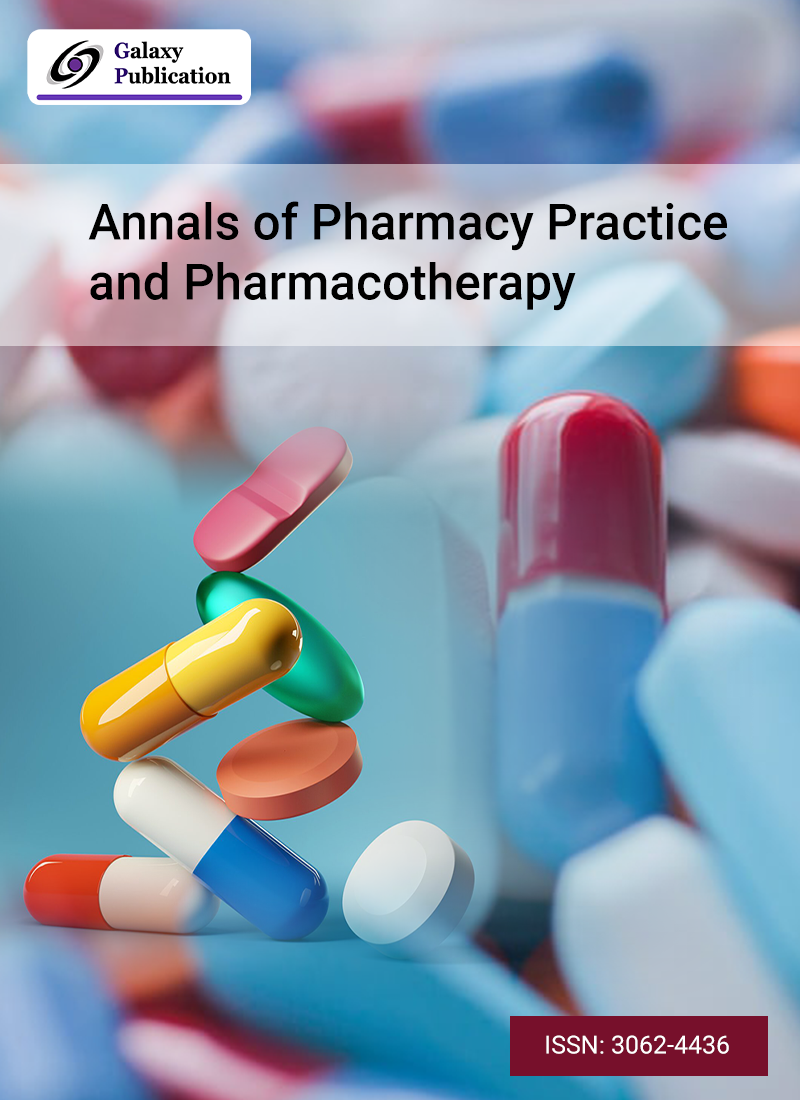
This study aimed to investigate the hepatoprotective effects of potassium 2-((4-amino-5-(morpholinomethyl)-4H-1,2,4-triazole-3-yl)thio)acetate’s on tetracycline and viral hepatitis models in chickens. The intact Cobb 500 cross-broiler chickens were subjected to a biochemical analysis of their blood and liver serum. According to the specified specifications, each group of chickens was housed independently in a distinct cell in the same room with the same climatic characteristics. It was found that “Butaselmevit” had a dose-dependent effect on laboratory animals’ leukopoiesis, hematological profile, and function of the liver. Research on the model of tetracycline-induced hepatitis in chickens showed that the compound 2-((4-amino-5-(morpholinomethyl)-4H-1,2,4-triazole-3-yl)thio)acetate has a hepatoprotective effect that is comparable to that of the reference medication, Thiotriazolin®. According to the results of a biochemical study, in the model of infectious hepatitis, potassium 2-((4-amino-5- (morpholinomethyl)-4H-1,2,4-triazole-3-yl)thio) acetate is combined with the traditional antibiotic Enrofloxacin® to produce hepatoprotective effects.